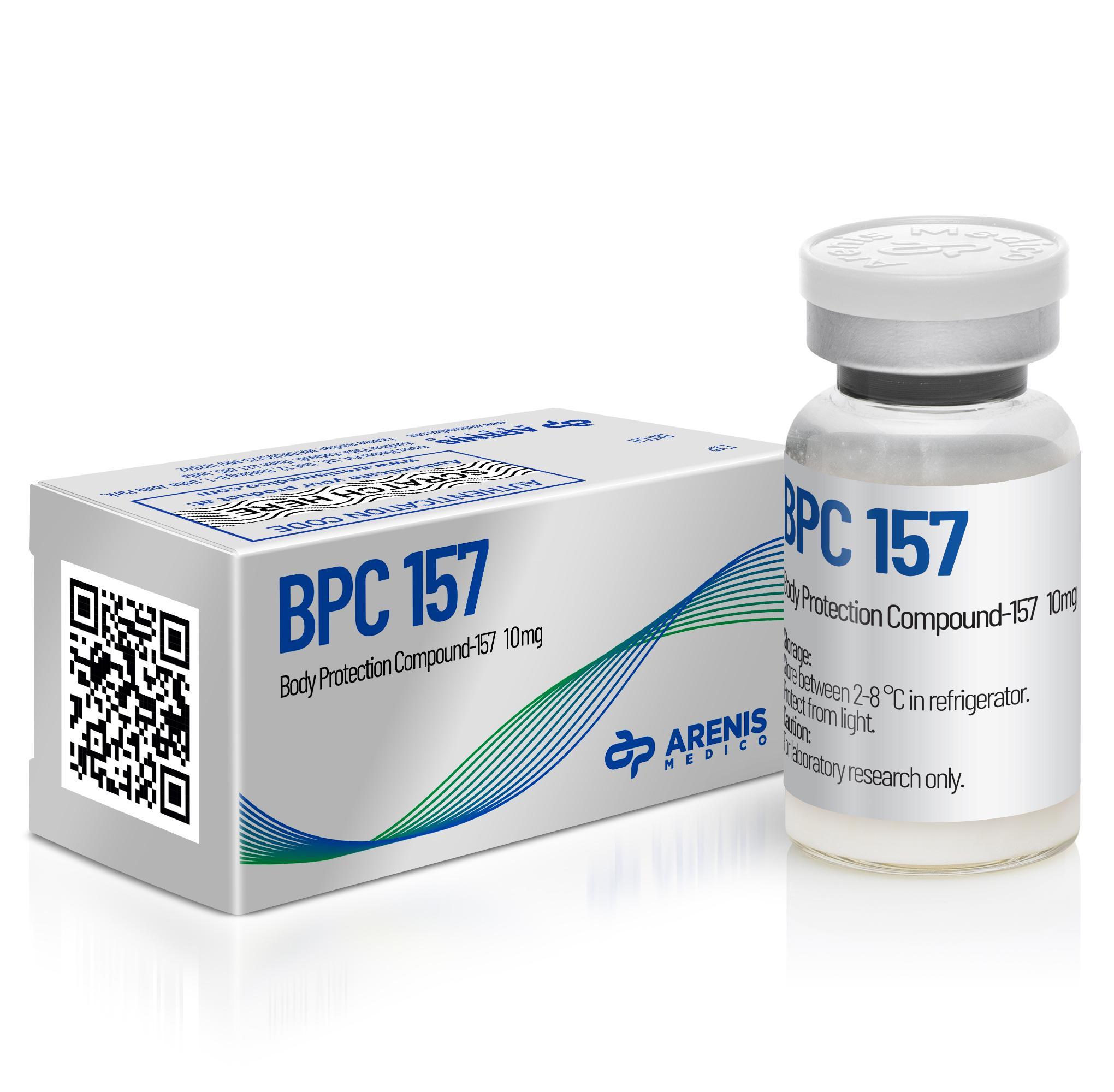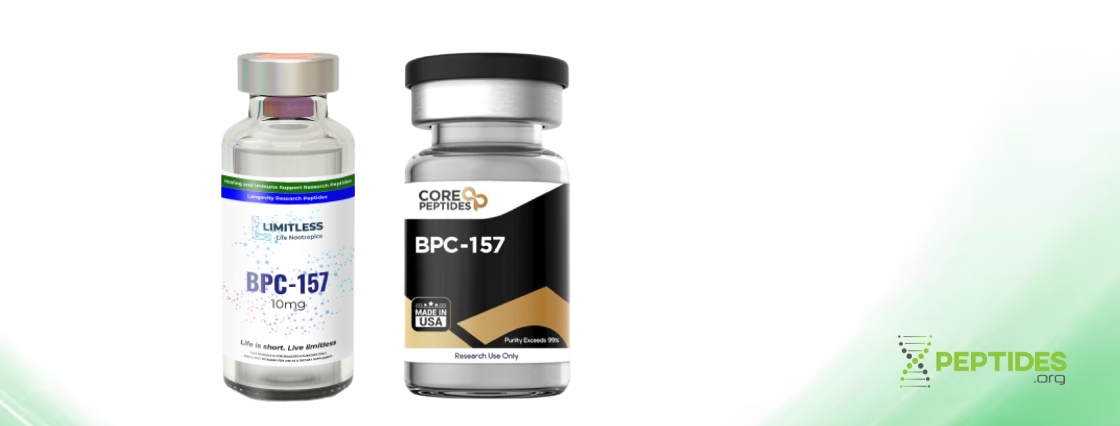
August 16, 2024
Bpc 157 And Capillary Bentham Science
Esophagogastric Anastomosis In Rats: Boosted Healing By Bpc 157 And L-arginine, Exacerbated By L-name BPC 157 is a human stomach juice-derived protein that shows durable results on recovery and healing in rodent animal models. Via several mechanisms, BPC 157 has demonstrated its capability to promote outgrowth and fibroblast proliferation, generating professional impacts in recovery ligaments, ligaments, and muscles. Future studies are still required evaluating the security and efficiency of BPC 157 in humans.Schedule Of Information And Products
- Enhancement of 5 μg/ mL BPC-157 boosted a morphological adjustment in HUVECs without considerably enhancing television network development, where enhancing the dose to 10 μg/ mL created higher tube formation contrasted to control.
- However, BPC-157 did not promote either NIH3T3 or HaCaT cell proliferation (data not shown).
- Despite the FDA's restriction, many are still captivated by BPC 157's reported wellness benefits.
- Another aspect of BPC-157's prospective anti-tumor results is its careful protection of regular cells while preventing tumor growth.
- As a prime and sensible verification, rats with major vessel ligation and occlusion, in either artery and/or blood vessel, and either peripherally or centrally, displayed a similar syndrome (Vukojevic et al., 2018; Gojkovic et al., 2020; Kolovrat et al., 2020; Gojkovic et al., 2021a; Knezevic et al., 2021a; Knezevic et al., 2021a; Knezevic et al., 2021b).
- BPC157 puts in a substantial protective effect on different tissues and organs, such as the esophagus, belly, duodenum (Drmic et al., 2017), colon mucosa (Duzel et al., 2017), liver, pancreatic (Konturek and Brzozowski, 2008), muscle mass (Lai et al., 2019), cornea (Lazic et al., 2005), heart (Sikiric et al., 2016) and nerves (Grabarevic et al., 1997; Klicek et al., 2013; Wang et al., 2019).
Bpc 157's Benefits: Past The Ban
Raised intra-abdominal stress additionally enhances intrathoracic stress, which is swiftly transmitted up with the venous system, therefore more raising intracranial stress (Malbrain and Wilmer, 2007; Scalea et al., 2007; Youssef et al., 2012; Chen et al., 2020). Therefore, although not specifically indicated, these findings sustain the rapid renovation of venous system feature as an important typical indicate stop and turn around the toxic chain of occasions and attenuate all damaging repercussions. The recovery of total radioactivity in bile, urine, feces, and cage cleaning liquid throughout 0-- 72 h after intramuscular administration of [3H] BPC157 in BDC rats. The healing of total radioactivity in the pee, feces, and cage cleaning liquid throughout 0-- 72 h after intramuscular administration of [3H] BPC157 in rats. BPC 157 has been revealed to aid promote muscular tissue recovery, which might speed up the recuperation procedure for people who have received an injury. BPC 157 has been shown to safeguard cells from damage, which can help reduce the danger of tissue damages during the healing procedure. Probing the depths of BPC-157's therapeutic effect leads to a revelation concerning its communication with particular cell surface receptors. Moreover, proof that the endangered white issue integrity of specific spine paths has actually been linked to medical special needs [69,70,71], and cortical reconstruction [72] ought to be thought about in connection with the pleiotropic beneficial effect of BPC 157 management observed in unique brain areas and sores [32,33,34,35,36,37,38,39,40] These valuable results include the counteractions of distressing brain injury and serious encephalopathies after NSAID overdose, insulin overdose, magnesium overdose, and direct exposure to the neurotoxin cuprizone in a rat version of numerous sclerosis [33,34,35,36,37,38,39,40,41] These valuable results might be because of the development of detour circuits-- which incorporate spared cells surrounding the sore-- and can reconnect locomotor circuits [69], hence allowing sensory inputs to be refined and communicated to the cortex [73] and boosting spine reflexes, even below the injury [74] On the other hand, it is possible that the administration of BPC 157 combats these disturbances to cause considerable practical healing. The vacuoles and the loss of axons in the white matter were mostly counteracted in BPC 157-treated rats (Table 1 and Fig. 3). Subsequently, we observed that this valuable effect, after straight injury (permanent ligation) put on a couple of significant vessels, might quickly oppose more general damages (maintained intra-abdominal high blood pressure, either high (grade III) or extremely high (quality IV)), as all capillary which can be pressed with boosted intra-abdominal stress. Consequently, a "bypassing essential," i.e., an activated azygos vein as a rescuing path, staying clear of both the lung and liver and also kept in mind in Budd-- Chiari syndrome (i.e., suprahepatic occlusion of the substandard caval capillary) (Gojkovic et al., 2020), integrates the inferior caval capillary and superior caval capillary by means of straight blood shipment. Thus, turned on azygos capillary shunt can rearrange blood flow and instantaneously undermine the consequences of maintained high intra-abdominal pressure, both peripherally and centrally. With the used treatment (i.e., 25, 30, 40, or 50 mmHg intra-abdominal high blood pressure), there was a routine downhill chain of events, regardless of the kind of anesthesia (i.e., esketamine, as ketamine is an antioxidant (Xingwei et al., 2014) that might provide a much more long term survival duration than thiopental). The stomach wall surface compliance threshold was gone across mechanically, with no additional stretch of the abdominal area; this increased intra-abdominal pressure, pressed vessels and body organs, and rose the diaphragm as an established clear-cut result (Depauw et al., 2019). Embarking on a trip with time and science, we uncover BPC-157, a substance shrouded in enigma. Within the tapestry of biomedical research study, this peptide has become a beacon of regenerative hope. In contrast, after preliminary handicap, the rats that undertook spinal cord injury and got BPC 157 exhibited constant improvement in electric motor function compared to that in the equivalent controls (Fig. 1). Particularly, from day 180, autotomy was kept in mind in the rats that undertook spinal cord injury yet not in those that had actually been treated with BPC 157 (Fig. 2). The prototype drug could not be detected 4 h after administration, and its elimination half-life was less than 30 minutes. BPC157 revealed straight pharmacokinetic attributes in rats at the speculative dose. A brand-new NO-system sensation, stable stomach pentadecapeptide BPC 157, in addition to NOS-blockade, L-NAME, and NOS-substrate L-arginine application [1], would positively define esophagogastric anastomosis healing, esophagitis and gastric flaw healing, in addition to rescue the "sphincter" pressure at the website of anastomosis while maintaining the pyloric sphincter pressure. These approaches need to be used to combat the regularly unsafe course after esophagogastric anastomosis production. On top of that, for a brand-new NO-system sensation, stable stomach pentadecapeptide BPC 157, along with NOS-blockade, L-NAME, and NOS-substrate L-arginine application [1], would favorably specify esophagogastric anastomosis healing, esophagitis and gastric defect recovery, as well as rescue the "sphincter" pressure at the site of anastomosis while maintaining the pyloric sphincter stress. In the rats that undertook esophagogastric anastomosis, the specific factor of BPC 157 performance entailing both anastomosis recovery and sphincter rescue was the recognized anastomosis production already in controls that at the very least partly saved the sphincter function at the website of anastomosis, while stress in the pyloric sphincter stays constantly low.BPC-157 and TB-500: Inflammation, Tissue Damage, and More - The Portugal News
BPC-157 and TB-500: Inflammation, Tissue Damage, and More.
Posted: Tue, 19 Sep 2023 07:00:00 GMT [source]


Is BPC 157 a steroid?
No, BPC 157 is not a steroid. It is a peptide pulled from human gastric juice.
Social Links